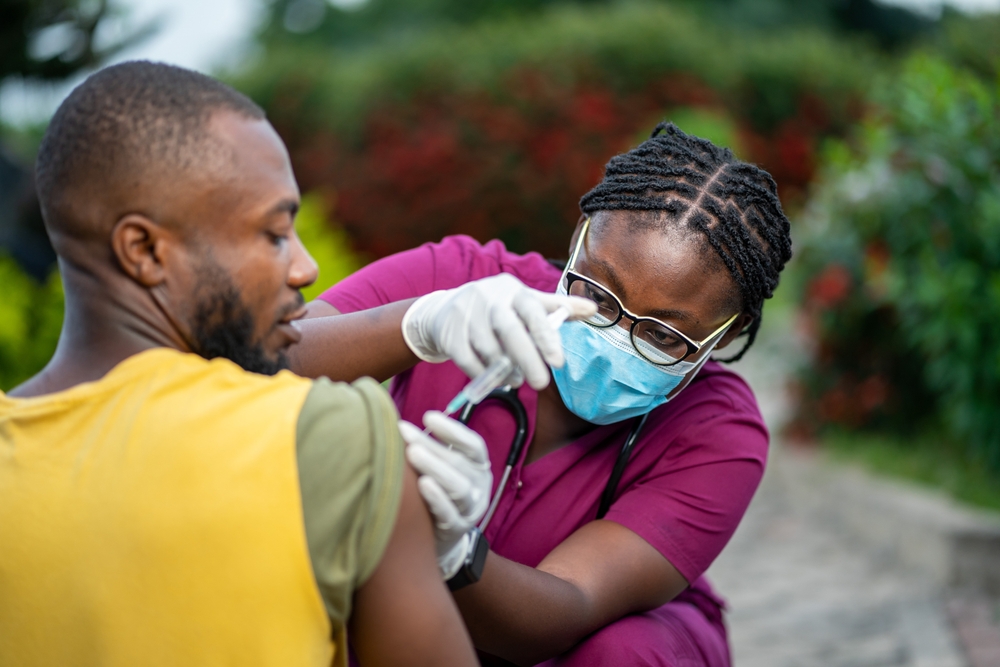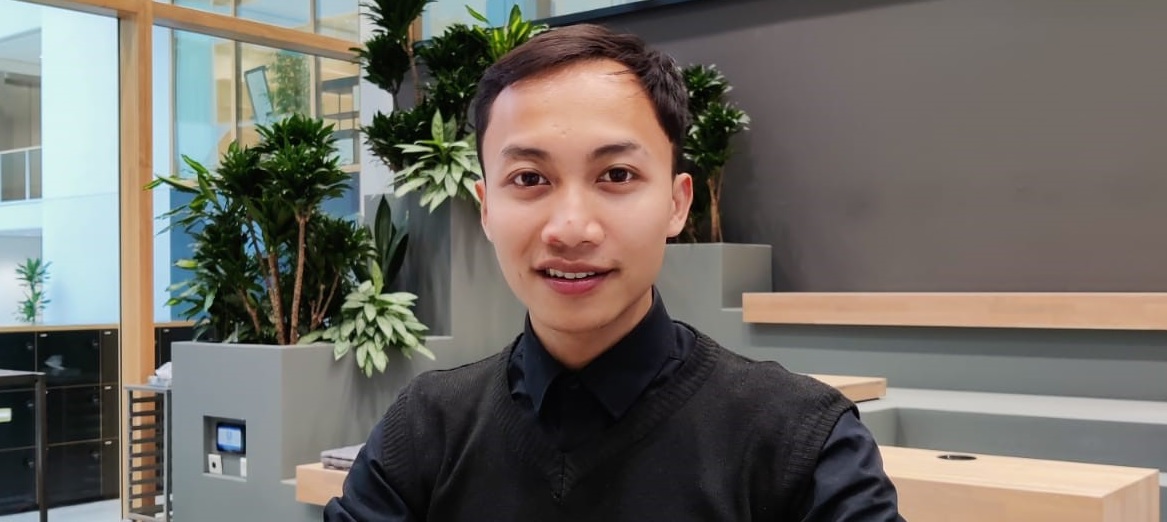It might sound a bit odd, a virtual smell museum, but it is just what eight students from WUR’s honours program worked on for the past 1.5 years. Their smell museum is the group’s end product of an interdisciplinary group project called ‘Smell yourself healthy.’ Text: Susan van Weperen.
The aim of the museum is to raise awareness on the importance of smell and health. Honours student Christoph Haessig (BSc food technology) explains: ‘Each student of the honors program has to participate in an interdisciplinary group project. In the beginning it was hard to find inspiration for the project; we struggled a lot to get started. After some time we made the association with smell and Covid-19.’
From there on it was easier for Haessig and his group to work on the project, since they realized the importance of smell. ‘When you ask people “what sense would you lose if you would have to choose one?” they oftentimes answer: “smell.” People think it is not so bad to lose smell but actually it is a really important sense.’
For the project Haessigand his group interviewed a number of people who were suffering from anosmia, which is the loss of ability to smell. “They told us their lives have been greatly impacted. For example, one patient stated that he does not feel emotionally connected anymore to places. When he joins his family to visit a Christmas market he does not have the same experience as his family, simply because he can not smell and connect emotionally to the place. Other people with anosmia also described feeling empty from inside because they cannot enjoy places and food as they used to.’
That smell impacts many dimensions of one’s life can be seen in the virtual smell museum that Haessig and his groupmates put together, as an end product for the project. Besides the patients with anosmia, Haessig and his team interviewed a wide variety of people such as doctors and local artists. All the gathered information came together in the museum.
In the museum, which is an online 3D museum, people can see how the loss of smell impacts people’s lives. For this Haessig and his team interviewed a wide variety of people such as doctors, patients with anosmia, and local and international artists. All the gathered information came together in the museum.
In this museum visitors can see art on anosmia, explanations and video’s of what anosmia is, and they are invited to conduct at home experiments. ‘This way, people can actively interact with the topic, making it fun to learn.’ This was important for Haessig and his team, since the exhibition will also be used to teach children in secondary school on the importance of smell. ‘Secondary schools that are part of the pre-Wageningen University program, can use the 3D museum together with education materials to teach children about smell and its importance.’ The online museum is also (for free) available to the public

 The scent of summer holidays in France: drying lavender. Photo: Unsplash
The scent of summer holidays in France: drying lavender. Photo: Unsplash 

